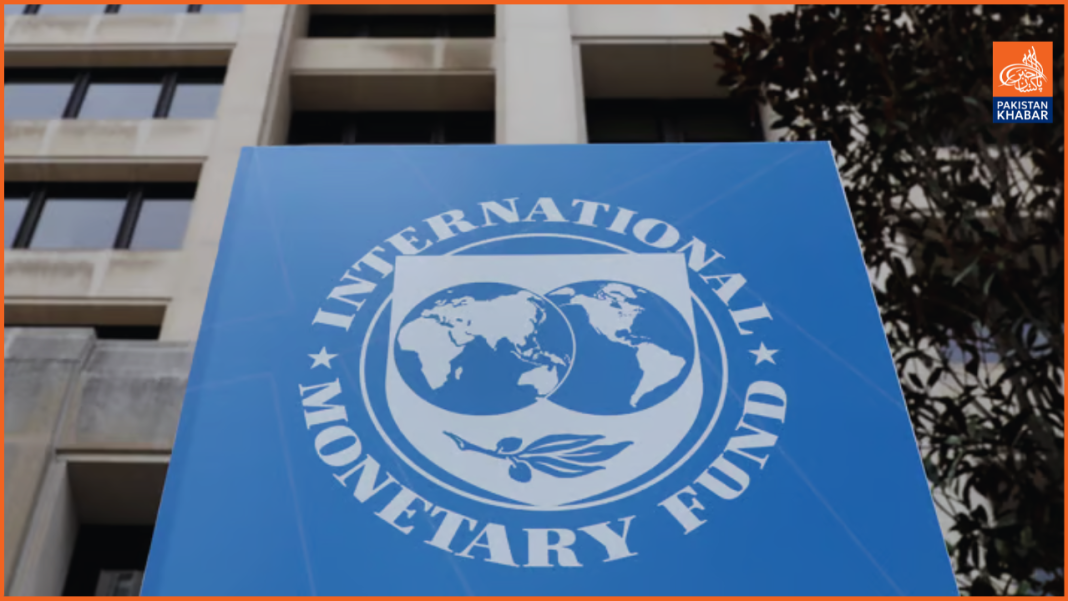The International Monetary Fund (IMF) has revised Pakistan’s economic growth forecast for 2025, lowering its projection to 3%, a slight decrease from the earlier 3.2% estimate made just three months ago. This adjustment is part of the IMF’s broader global economic analysis presented in the “World Economic Outlook Update: Global Growth – Divergent and Uncertain.”
Despite the downgrade, the IMF’s revised projections suggest that Pakistan’s GDP growth will stabilize at 4% in 2026. However, the IMF did not provide specific reasons for the downward revision of Pakistan’s 2025 growth estimate, although it reflects the country’s ongoing economic challenges. This revision mirrors the forecast made by the Asian Development Bank (ADB) last month, which also revised Pakistan’s growth forecast to 3% for the fiscal year 2024-25, up from an earlier prediction of 2.8%.
Both the IMF and ADB have pointed to the persistent economic difficulties facing Pakistan, yet both institutions maintain a cautiously optimistic outlook for the country’s medium-term prospects.
On the global front, the IMF predicts a global growth rate of 3.3% for 2025 and 2026, slightly below the historical average of 3.7%. Chief economist Pierre-Olivier Gourinchas emphasized that the global economy is experiencing divergent growth patterns, with the United States showing stronger-than-expected performance, partially offsetting weaker results in other major economies.
The IMF has also projected global inflation to ease in the coming years, forecasting a decline to 4.2% in 2025 and 3.5% in 2026, despite persistent inflation in some regions. Meanwhile, the prices of energy commodities are expected to decrease by 2.6% in 2025, while non-fuel commodity prices will rise by 2.5% due to adverse weather conditions affecting key producers.
Overall, the IMF’s global outlook underscores a period of uncertainty, with varied economic trajectories across regions, although global inflationary pressures are expected to ease.




